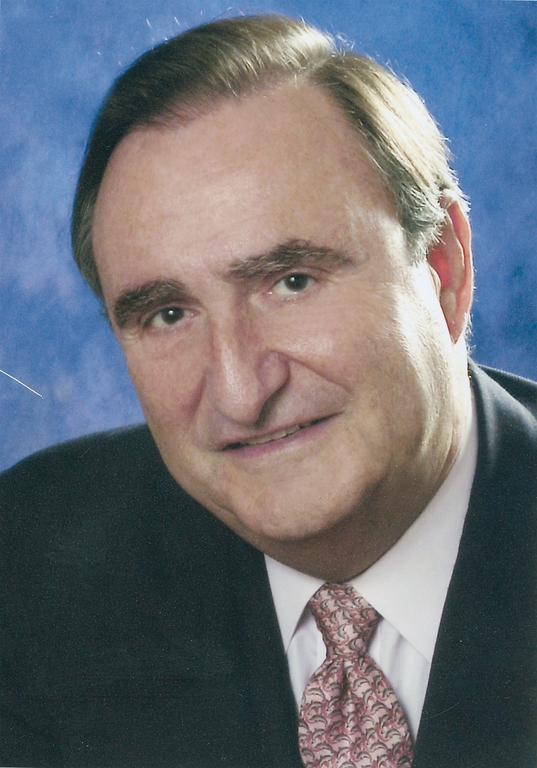This governor was different
Last Thursday, upward of 1,500 people jammed St. Patrick’s Cathedral to express a fond goodbye to the late Gov. Hugh L. Carey. The opinion of the assembled crowd was that it was a great goodbye for a man who served his state with great distinction. Beyond the loss of a leader, it’s worth reflecting on the fact that it marked the end of a political era that will never be repeated.
Carey’s service to the nation as a decorated soldier, as a congressman and as governor took place at a time when politics, civility and bipartisanship were all interchangeable words. His passing is a reminder to the outside world that, sadly, these days those three words are just words, able to be found in a dictionary but not descriptive of behavior on the government landscape.
There was no tougher time to take office than in 1975, when Carey became governor. New York state was sagging under the heavy weight of years of uncontrolled spending by Gov. Nelson Rockefeller. As political observers during the Rockefeller years noted sarcastically, Rockefeller spent the taxpayer’s money like it was his.
The creation of the Urban Development Corporation and dozens of other unaccountable public authorities marked the beginning of years and years of uncontrolled spending that, by 1975, threatened to force the state into bankruptcy.
At the same time, New York City Mayor Abe Beame had quietly pushed the city to the brink of bankruptcy with wild spending and little tax revenues.
Shortly after Carey took office, he found out the real truth about the finances of both the state and the city. If Carey was one of today’s brand of politicians, he probably would have washed his hands of the crisis and let the Legislature work it out, hoping that the other political party would get the blame. But Carey was different.
Recognizing that you can’t fix a disaster by making it into a bigger one, he took two major steps. He turned to the Democratic and Republican leaders of the state and gave them full access to the facts and figures. He then drafted some of the nation’s most respected government and non-government people to be members of his team, politics aside.
Backed by a top-notch group of experts, Carey went to Washington to explain to key members of the House and Senate that New York’s crisis was their crisis. At first, a number of Republicans from rural and farm states refused to listen to New York’s plea for help and told Carey it wasn’t their problem. In time, however, he managed to convince them and others that they couldn’t ignore the state’s dilemma, and that if New York state failed, the ripple effect would harm everyone.
While working with tough, fiscally minded legislators in Washington, Carey worked tirelessly to get New York Republicans on his side. He made them a part of his public and private meetings and kept no secrets from them. In the end, he succeeded in persuading all of the state’s leaders that it was a time for bold and nonpartisan action.
The contrast between the Carey years and today is dramatic. There is no doubt that Carey stood tall and got the job done thanks to his leadership qualities. But if New York state were to approach right-wing members of the House today with the same problem, chances are New York would be told to go it alone and explore municipal bankruptcy.
Unlike the Carey days, many of today’s elected officials can’t think beyond the next election. Some of those new, untested Tea Party freshman are more inclined to dismiss you with an insult rather than part with a civil goodbye.
So, rather than ask our readers for another goodbye for Hugh Carey, it is equally important to ask that they mourn the passage of an era when politicians were fair-minded, open to the facts and willing to make decisions that went far beyond next year’s election.
Jerry Kremer was a state assemblyman for 23 years, and chaired the Assembly’s Ways and Means Committee for 12 years. He now heads Empire Government Strategies, a business development and legislative strategy firm. Comments below or write JKremer@liherald.com.

 63.0°,
A Few Clouds
63.0°,
A Few Clouds 




